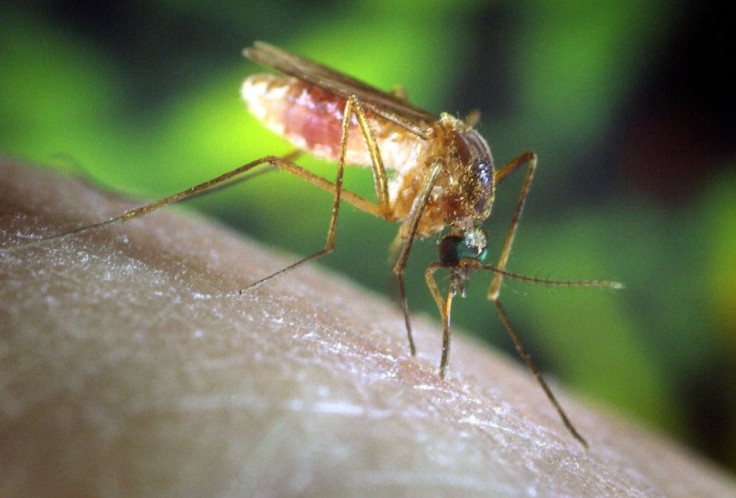West Nile Virus Cases Surge Thanks to Storms, Drought

West Nile virus cases are on the rise in states where a severe summer of scorching droughts and drenching rains has allowed mosquitoes to proliferate, according to the Centers for Disease Control and Prevention.
The Washington, D.C. region has seen its mosquito population flourish after the region was inundated by heavy rains and major flooding, which has led to the pools of standing water that are breeding grounds for mosquitoes. The same pattern has played out across the East Coast, fed in particular by the drenching rains delivered by Hurricane Irene.
While the Centers for Disease Control and Prevention has so far recorded fewer reported cases of West Nile viruse than last year, August saw a surge of 121 new cases since Aug. 1, bringing this year's total to 202 across 31 different states.
The mosquitoes that are plaguing the Mid-Atlantic area right now are a result of the hurricanes and tropical storms that have recently passed through, Janet McAllister, an entomologist for the DCD, told USA Today. We advise [people] to use repellent when they're outside, to make sure that the screens on their houses are in good repair and to not spend a lot of time outside at dusk and dawn when mosquitoes are more active.
Dry Conditions Trigger Even More Nile Case
It might seem counterintuitive, but the droughts baking Southern states have had a similar effect. The relentless sun and lack of fresh rain water allows stagnant, brackish water to proliferate, offering an ideal breeding ground. Mississippi has so far reported more than four times the number of cases than last year.
When it's really dry, you have more West Nile, Jerome Goddard, a medical and veterinary entomologist with the Mississippi State University Extension Service, told The Associated Press. What little water is left is organic, thick and soupy. The Southern House Mosquito, which carries the virus, loves that. Many cases we've had this year seem to be where it's been really hot and dry.
Goddard added that West Nile rates often move in cycles: The number of cases drop as irds who transmit the disease to mosquitoes develop immunities, then rise again when a virus strain resistant to those immunities emerges.
The majority of people infected with West Nile, about 80 percent, show no symptoms. The remaining 20 percent develop symptoms that include fever, aches, nausea or vomiting, and a tiny minority of those cases can develop severe symptoms including high fever, muscle weakness or paralysis, seizures and coma and death.
© Copyright IBTimes 2024. All rights reserved.





















